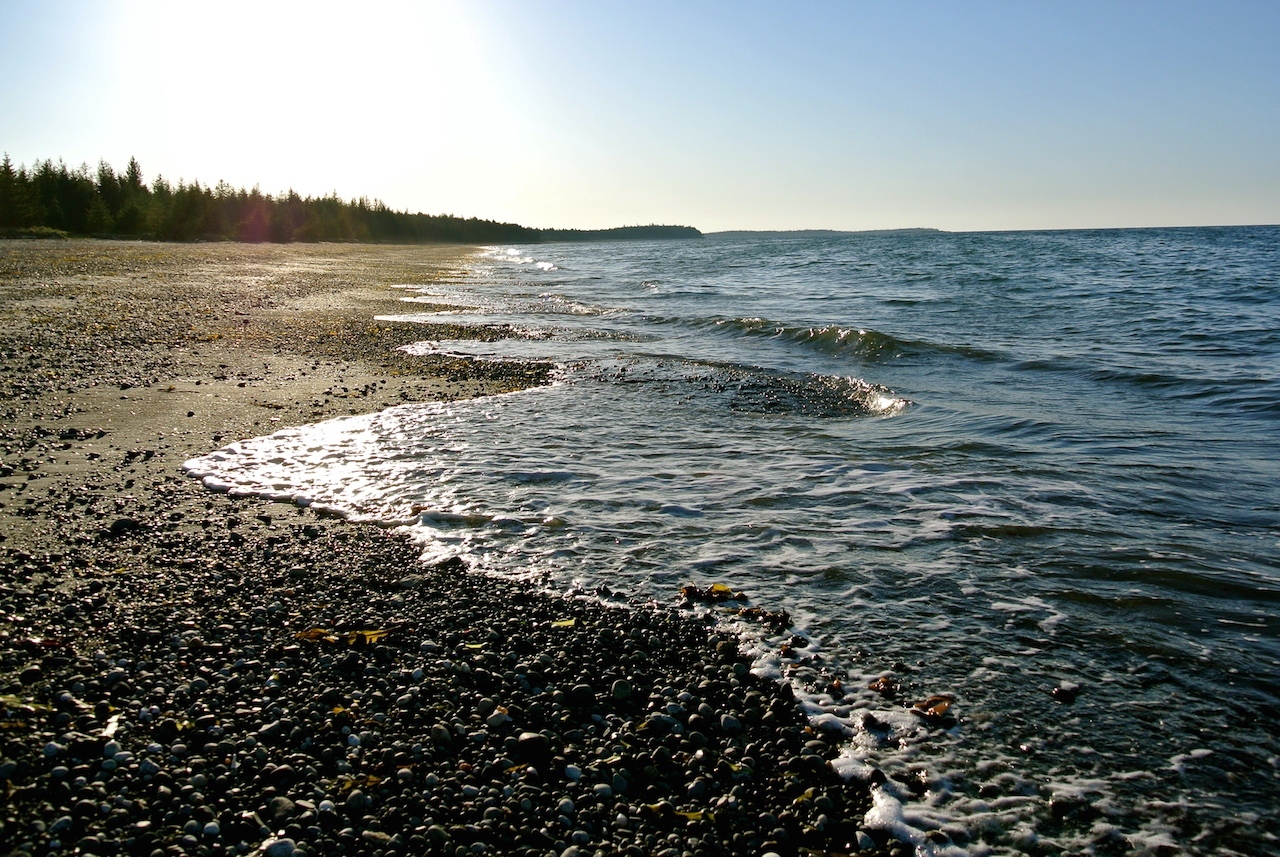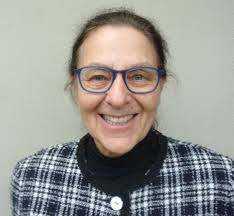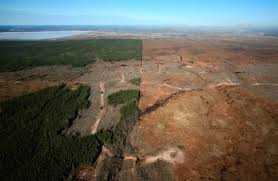Dr. Ruth Beer's research project featured in Vancouver's Georgia Straight.

Posted on | Updated
Visual art research project explores how direct experience of land mitigates understandings of self, wealth, and energy security
A publicly-engaged, trans-disciplinary art and research project undertaken in the midst of a liminal moment in Canadian history.
Trading Routes: Grease Trails, Oil Futures
 In the pursuit of the nation’s place among world energy superpowers, debates have emerged about the benefits and social and environmental risks associated with rapid changes brought about from investment in fossil fuel industries. Led by principal investigator, Professor Ruth Beer, Trading Routes, seeks to contribute to this discourse by engaging with the interlaced terrain of traditional Indigenous trading routes and an ever-expanding network of oil and gas pipelines throughout British Columbia.
In the pursuit of the nation’s place among world energy superpowers, debates have emerged about the benefits and social and environmental risks associated with rapid changes brought about from investment in fossil fuel industries. Led by principal investigator, Professor Ruth Beer, Trading Routes, seeks to contribute to this discourse by engaging with the interlaced terrain of traditional Indigenous trading routes and an ever-expanding network of oil and gas pipelines throughout British Columbia.
How do Indigenous and non-Indigenous artists, storytellers, and teachers enter into dialogue on and around this contested geography?
How does direct experience of land mitigate understandings of self, wealth, or energy security?
Trading Routes serves as a point of convergence for a timely dialogue about regional, national, and global futures.
The project comprises art practice, public engagement and publication.
Trading Routes: Rivers, Fish and Oil, an exhibition created to support this research, includes interviews, photographs, video, and artwork from artists and students.
 Trading Routes: Rivers, Fish and Oil
Trading Routes: Rivers, Fish and Oil
Gulf of Georgia Cannery
through Spring 2016
View the Georgia Straight article.
Project Team
Principal Investigator: Dr. Ruth Beer (ECU)
Co-Investigators: Kit Grauer (UBC) and Glen Lowry (ECU)
Collaborators: Jill Baird (UBC Museum of Anthropology), Sadira Rodrigues , Imre Szeman (University of Alberta), Johnathan Dewar (Algoma University)
Research Assistants: Gabrielle Solti, Natalie LeBlanc, Michelle O’Byrne, Mia Van Veen, Ingrid Olauson, Zoe Hardisty
Supported by the Social Science and Humanities Research Council of Canada’s Insight Grant.